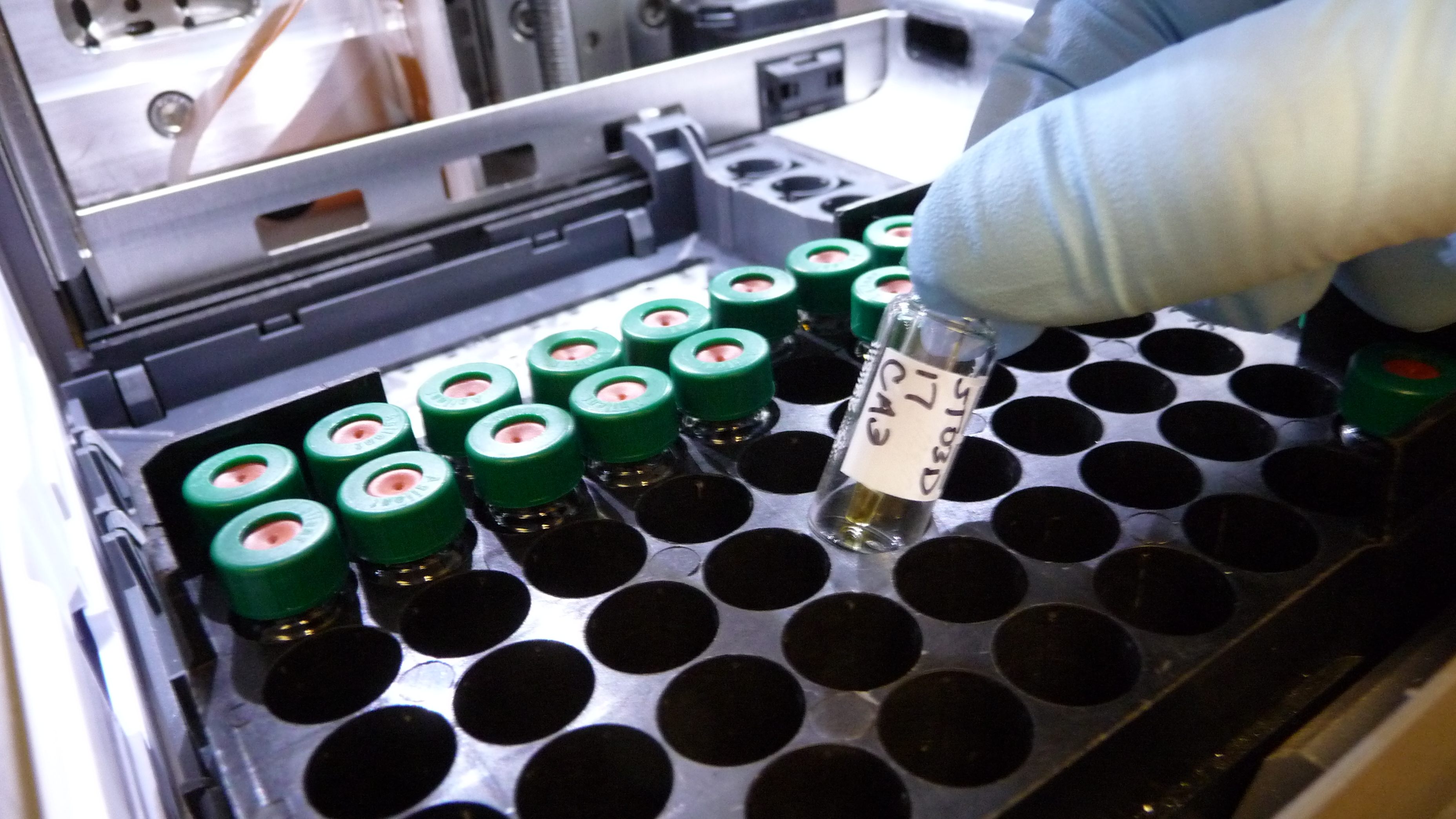
In a paper published online this week in Autism Research, scientists at NeuroPointDX, a division of Stemina Biomarker Discovery, Inc., in collaboration with researchers at the UC Davis MIND Institute and academic and clinical institutions across the country, report new findings from the Children’s Autism Metabolome Project or CAMP.
Analysis of blood samples from CAMP, the largest study yet undertaken of the metabolism of children with autism spectrum disorder (ASD), has now reproducibly identified unique metabolic signatures (called metabotypes) in over 50% of the children with autism in the study. This is an important step towards the goal of developing a panel of metabolomics tests that could form the basis for a biological screen of risk for ASD. Analysis of other potential blood-based biomarkers using CAMP study samples is ongoing. Validation of additional metabotypes of ASD is expected to result in the ability to detect a still higher percentage of children at risk of ASD using this approach.
The new publication, entitled “A metabolomics approach to screening for autism risk in the Children’s Autism Metabolome Project” (Autism Research, 2020: doi: 10.1002/aur.2330) was authored by researchers from the UC Davis Mind Institute, Stemina Biomarker Discovery, Inc., University of Wisconsin-Madison, and the Cleveland Clinic.
“A primary goal of the CAMP study, which recruited 1,102 children ages 18 months to 48 months, was to generate a panel of validated biomarkers that, taken together, could detect a large proportion of young children at risk for ASD,” said David Amaral, PhD, distinguished professor at the UC Davis MIND Institute and the Department of Psychiatry and Behavioral Sciences at UC Davis and senior author of the paper. “Our original analyses, published in Biological Psychiatry in 2019, identified and validated a set of metabotypes based on differences in branch chain amino acid metabolism; these metabotypes represented 17% of the children with autism in CAMP. This new research builds on that effort, resulting in an optimized set of 34 newly defined metabotypes based on amino acid and energy metabolism. Taken together, the test battery now detects 53% of subjects with ASD in the CAMP study with 91% specificity.”
Robert Burrier, PhD, Chief Operating Officer of Stemina and co-author points out that “Using metabolomics to detect objective biomarkers of ASD is a promising approach because metabolism is sensitive to interactions among the genome, gastrointestinal microbiome, diet, and environmental factors that all contribute to risk of ASD.”
“The CAMP study is the seminal study of the metabolism of children with autism. The study was carefully designed to allow discovery and validation of subpopulations of children with ASD who share common metabolic differences from typically developing children,” said Elizabeth Donley, JD, MBA, MS, NeuroPointDX Chief Executive Officer and a co-author of the publication. “We strive to discover, validate and publish peer reviewed science from this ground-breaking study with the goal of building trust in the rigor of our science and its potential to change how autism is diagnosed and treated.”
“While further research is needed, given the virtual absence of effective biomarkers to detect autism risk in very young children, we are optimistic that this approach has enormous potential for identifying children as early as possible,” said Dr. Amaral. “Moreover, determining that an individual child has a particular pattern of metabolic alterations may offer the possibility of new targeted and personalized therapies. These opportunities and questions require further testing in the CAMP study. Fortunately, CAMP retains a repository of blood samples from our young participants that can be used for follow-up studies. The current paper represents an important stride in the research journey toward understanding the role of metabotypes and their potential as actionable clinical tools in the detection and treatment of ASD.”
“These new findings from the CAMP study represent another step in our efforts to develop a metabolomics-based screening tool for ASD,” Donley added. “While biomarkers of any kind cannot provide a definitive diagnosis of ASD, combining a metabolomics-based screen with behavioral testing increases the likelihood that those at risk for ASD can be detected as early as possible.”
While the published findings are based on collection of blood samples from children 18 to 48-months-old, future research will be directed at validating this metabolomics approach in children younger than one year old when current diagnostic procedures are lacking. The researchers are also exploring whether these metabolic differences can lead to insights that enable more targeted treatment options for children with ASD.
###